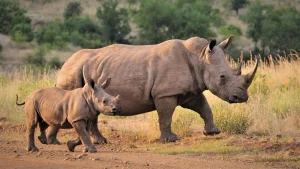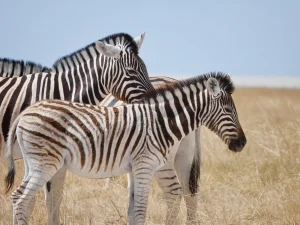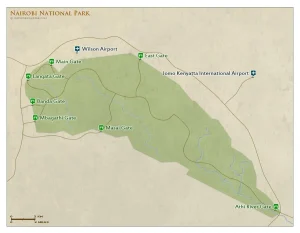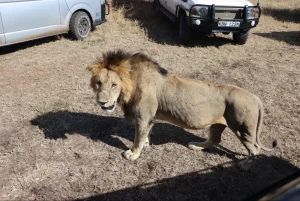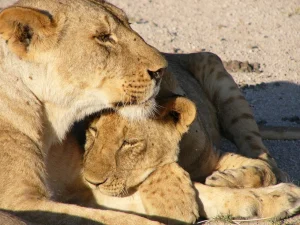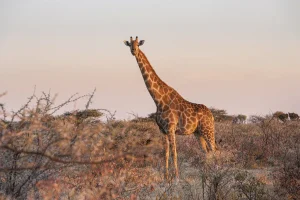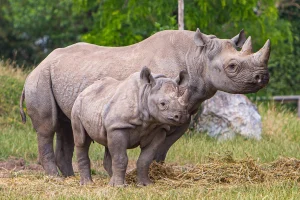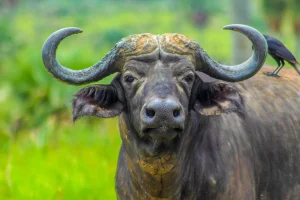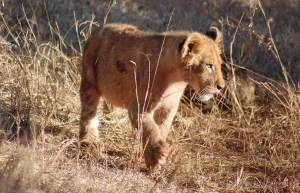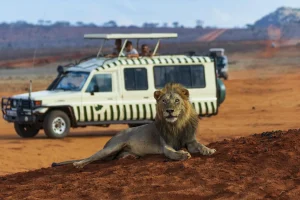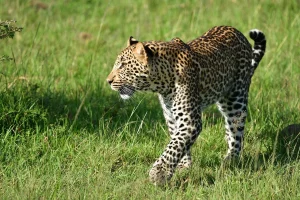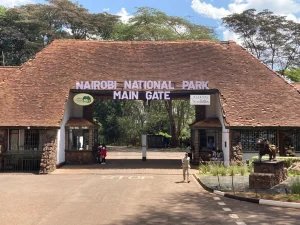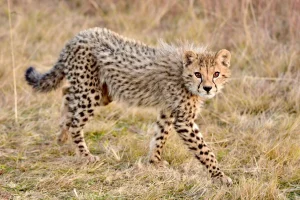Best Time to Visit Nairobi National Park: Your Ultimate Planning Guide
Nairobi National Park, a remarkable sanctuary where wildlife roams freely against the backdrop of Kenya’s vibrant capital, presents unparalleled opportunities for observing animals in their natural habitat. Determining the best time to visit Nairobi National Park is key to maximizing your experience and witnessing the park’s wonders at their peak. This comprehensive guide will navigate you through the optimal Nairobi safari seasons and specific months that promise the most rewarding encounters within this unique ecosystem.
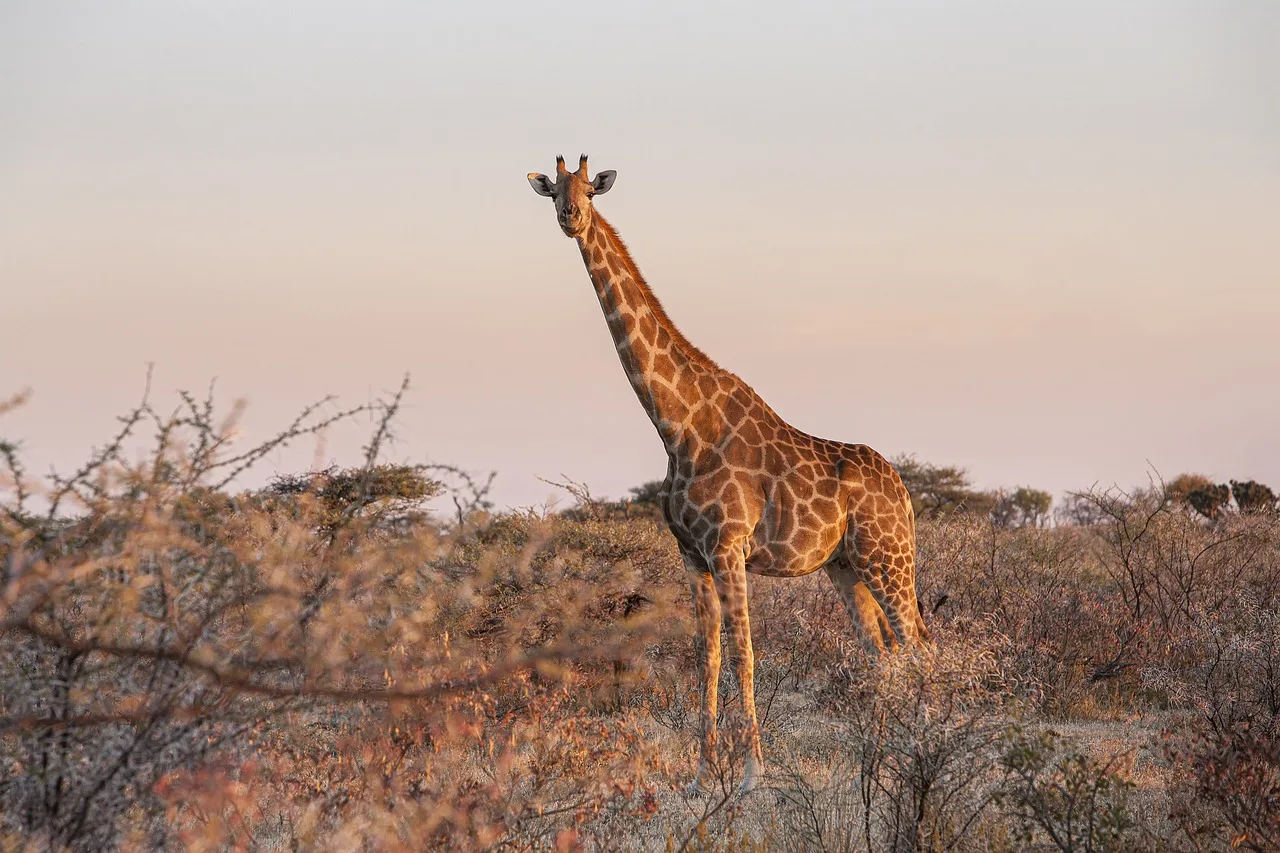
Nairobi’s Safari Weather: Dry vs Wet Seasons
Understanding Nairobi National Park weather patterns is key to planning your trip. The park has two main seasons: dry and wet, each with its own perspective and impact on the Nairobi National Park animals.
The Alluring Dry Season (June to September & January to February): The best time for game viewing at Nairobi National Park.
Wildlife Visibility: With less vegetation, it’s easier to spot a wide range of wildlife, including the critically endangered rhinos in the rhino sanctuary Nairobi. As water sources dry up, animals congregate around remaining waterholes, increasing your chances of great sightings during your game drives in Nairobi.
Comfortable Conditions: Sunny skies and pleasant temperatures for extended periods of exploration in the park.
Less Insects: Dry environment means less insects during game drives and walks.
Prime Photography: Clear skies for great Nairobi National Park photography.
The Wet Season (March to May & October to December): Periods of rain, from light showers to heavy downpours.
Green Landscapes: The rains bring life to the park, making the scenery lush and green.
Birdwatching: Best time for birdwatching at Nairobi National Park as migratory birds arrive, adding to the already diverse birdlife.
New Life: You might see the calving season at Nairobi National Park, when many young animals are born.
Seclusion and Peace: Wet season attracts fewer visitors, so more intimate and peaceful safari in Nairobi for those who want to avoid crowds at Nairobi National Park.
Logistical Considerations: Heavy rain can make some unpaved roads in the park challenging to navigate, especially for self-drive safari in Nairobi.
Plan Your Visit: Best Times for Specific Interests
While the dry season is best for wildlife viewing, Nairobi National Park caters to different interests throughout the year:* Best Wildlife Encounters: For the best chance to see many animals, visit between June and September or January and February – the best time to see wildlife in Nairobi National Park.
Birders Delight: If you are a birdwatcher, March to May and October to December will be the best time to see both resident and migratory birds.
Budget Travel: You might find cheaper accommodation near Nairobi National Park and tour packages during the shoulder seasons which are just before and after the peak dry periods. For more travel tips on planning an affordable Kenya travel experience, check out this travel advice website.
Get the Perfect Shot: Clear skies of the dry season are great for photography but the wet season landscapes are also unique and beautiful.
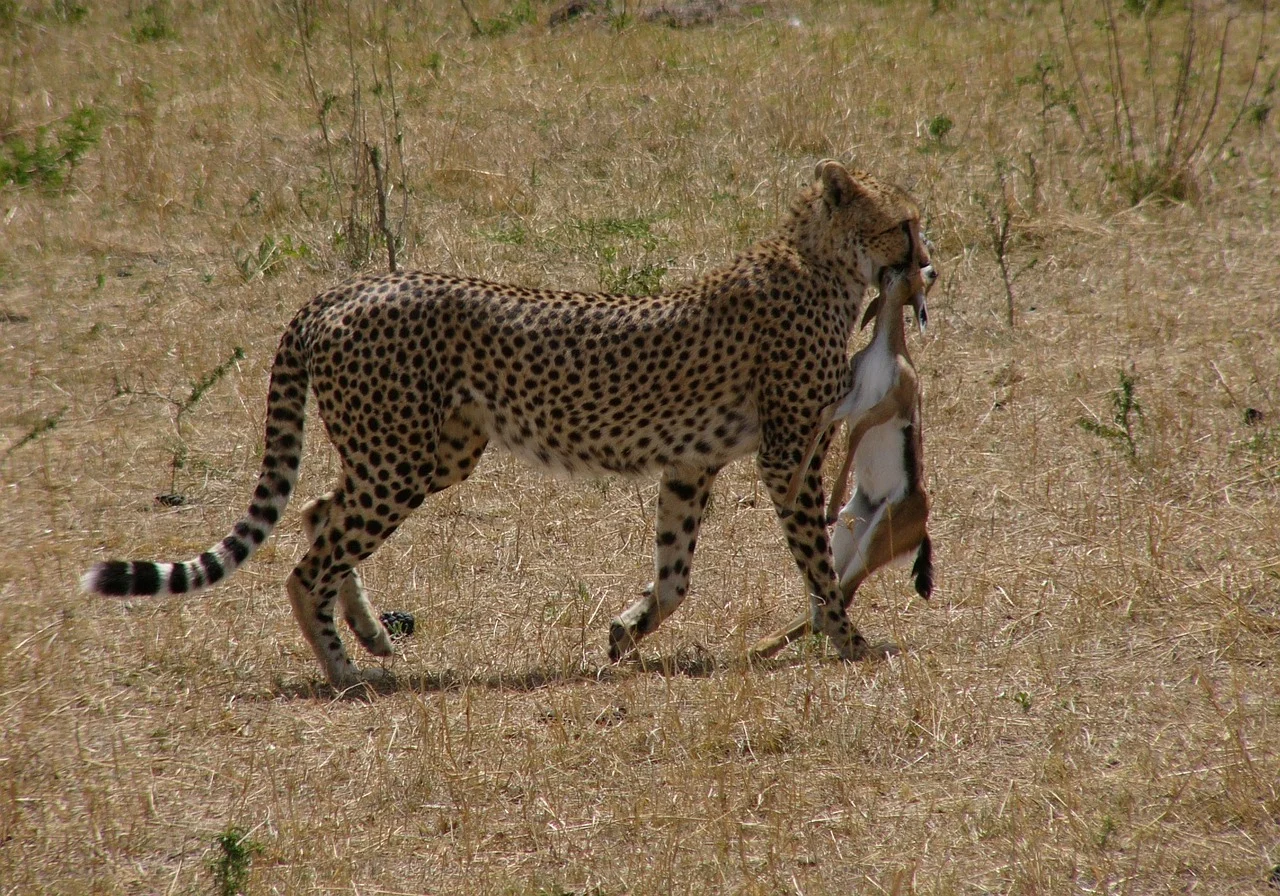
Monthly Guide: Plan Your Nairobi National Park Adventure
Let’s break down the month by month to help you pinpoint the best time for your trip to Nairobi National Park:
- January & February: Hot and dry, perfect for game viewing.
- March to May: Long rains, lush vegetation and lots of birds, fewer tourists.
- June to September: Cool and dry, peak season for wildlife.
- October & November: Short rains, good birding.
- December: Warm and dry at the beginning, short rains towards the end of the month.
Beyond the Seasons: Other Factors to Consider
While the seasons are important, remember to also consider these other factors when planning your visit:
- Nairobi National Park Hours: The park is open from 6:00 AM to 6:00 PM daily. Early morning and late afternoon game drives in Nairobi are often the best.
- Nairobi National Park Entry Fees: Make sure you factor in the park fees into your budget. You can find the latest fee information on the Kenya Wildlife Service website, often through this government tourism portal.
- Guided Experiences: Consider guided tours of Nairobi National Park with experienced rangers and naturalists who know the park and its inhabitants inside out, and will increase your chances of seeing wildlife.
- Combining with other attractions: Many visitors add to their experience by combining a park visit with other things to do in Nairobi, such as visiting the elephant orphanage or taking a stroll along the Nairobi Safari Walk.
Planning Your Perfect Nairobi National Park Itinerary
Ultimately the best time for Nairobi National Park safari is subjective and depends on your personal preferences and priorities. Whether you want to see the most wildlife, immerse yourself in green landscapes or have a more relaxed and less crowded experience, Nairobi National Park has something for you throughout the year. By considering the seasonal nuances and aligning them with your interests, you can confidently plan your trip to this urban wilderness.

